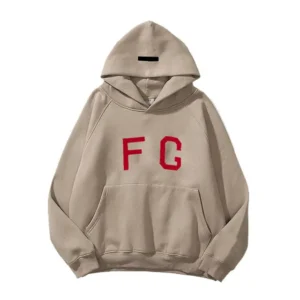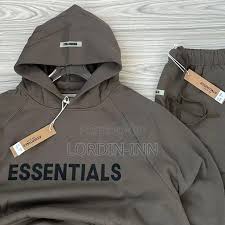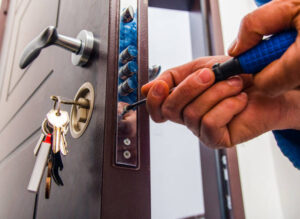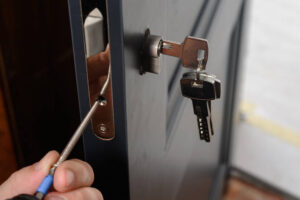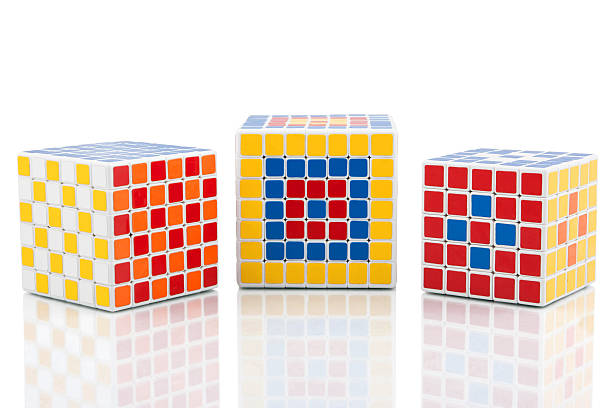
The Mirror Cube is one of the most visually intriguing puzzles in the world of cubing. Unlike traditional 3×3 Rubik’s cubes that rely on color to solve, the Mirror Cube challenges solvers to work based on shape and size of the pieces. Solving this puzzle for the first time can be frustrating, but with the right method and understanding, anyone can become a confident mirror cube solver.
In this article, we’ll break down the steps required to solve the Mirror Cube, offer useful tips, and provide answers to frequently asked questions. Whether you’re a beginner or looking to sharpen your skills, this guide is for you.
What Is a Mirror Cube?
The Mirror Cube, also known as the Bump Cube, is a shape-mod of the standard 3×3 Rubik’s Cube. Instead of having six different colors, the Mirror Cube usually has a single color (like silver or gold) and varies in block sizes. The twist: solving the puzzle depends on spatial recognition and the ability to identify where each piece shape fits, rather than matching colors.
Each piece corresponds to a position on a regular 3×3 cube, but since the pieces are shaped differently, the cube becomes increasingly chaotic when scrambled. Solving it requires a blend of visual memory, logic, and standard 3×3 algorithms—but with a twist!
Prerequisites Before You Begin
Before jumping in, here are a few things to ensure:
- Familiarity with 3×3 Cube: Knowing how to solve the standard 3×3 Rubik’s Cube will significantly help.
- Understanding of Piece Positioning: Learn to identify center, edge, and corner pieces by shape and height.
- Patience and Practice: Like any puzzle, this one takes time and repetition to fully grasp.
Step-by-Step Guide to Solve the Mirror Cube
1. Identify the Center Piece
Start by identifying the smallest square on the cube—this is typically the center of the face. Remember, centers don’t move in a standard cube, and the same applies here.
2. Solve the Cross
Just like the 3×3 cube, begin by solving a cross on one face. Use pieces that are the same height as the center and form a plus sign. Focus on aligning edges by shape and elevation.
3. Complete the First Layer
Once the cross is formed, work on solving the corners of the first layer. You’ll need to match the height and overall shape of the pieces on all sides. It’s tricky at first, but recognizing patterns will make it easier.
4. Solve the Middle Layer
Use your knowledge of the standard algorithm (like the edge-piece swapping algorithm) to move edge pieces into the correct spots. In the Mirror Cube, use shape and size as your guide, not color.
5. Make the Cross on the Last Layer
Turn your attention to the last layer. Use standard OLL (Orientation of the Last Layer) algorithms to form a cross. Again, let the shape of the blocks guide you through this step.
6. Orient and Permute the Final Layer
Using PLL (Permutation of the Last Layer) algorithms, position the corners and edges correctly. This part may require trial and error at first, as distinguishing the correct orientation of similarly shaped pieces can be challenging.
7. Final Adjustments
Once all pieces are in the correct spot, rotate them as needed to complete the cube. With practice, you’ll be able to recognize incorrect placements more easily and make quicker corrections.
Tips for Solving the Mirror Cube
- Shape Recognition is Key: Learn to quickly identify where each uniquely shaped piece belongs.
- Use Algorithms from the 3×3 Cube: All the solving techniques for the Mirror Cube are derived from standard 3×3 methods.
- Stay Oriented: Keep one face as your “reference” to avoid getting lost in rotations.
- Practice Slow Solving: Take time to understand each move rather than rushing. Speed comes with familiarity.
Common Challenges and How to Overcome Them
- Getting Lost in Rotation: Reorient frequently using the smallest piece as the center guide.
- Misplacing Similar Pieces: Some edge or corner pieces may look similar—double-check their shape and depth.
- Frustration During the Last Layer: Stay patient. Many solvers struggle with the final stages due to shape similarity. Repeat PLL algorithms carefully.
FAQs About the Mirror Cube
Q1: Do I need to know how to solve a Rubik’s Cube first?
A: Yes, having knowledge of the 3×3 Rubik’s Cube significantly simplifies solving the Mirror Cube since the algorithmic structure is identical.
Q2: How long does it take to learn solving the Mirror Cube?
A: With basic knowledge of 3×3 algorithms, you can learn the Mirror Cube in a few hours to a couple of days depending on your pace.
Q3: Are there specific tutorials for visual learners?
A: Yes, many video tutorials are available online, and you can also check out this helpful guide from Cubelelo to begin your journey.
Q4: Can I speedcube with the Mirror Cube?
A: While it’s not a speedcube in the traditional sense, you can certainly increase your solve times with practice.
Q5: What makes the Mirror Cube harder than the Rubik’s Cube?
A: The lack of color and reliance on shape recognition makes spatial reasoning more crucial, which is often more difficult for beginners.
Conclusion
Becoming a mirror cube solver is a rewarding and brain-boosting experience. While the puzzle may appear intimidating at first glance, it’s fundamentally a 3×3 cube in disguise. With patience, recognition of shapes, and consistent practice, you’ll soon be solving it confidently.
Whether you’re looking to challenge yourself or expand your cubing skills, the Mirror Cube is a great puzzle to explore. Happy solving!
